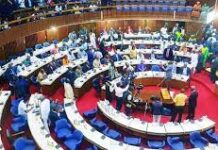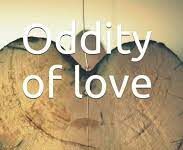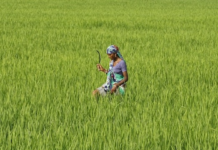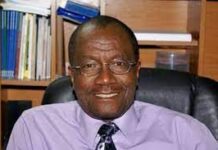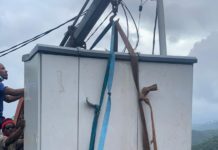Do you know that there is a thriving Yoruba cultural presence in the West African countries of Sierra Leone and The Gambia? This is apart and different from the well-known Nigerian, Beninese and Togolese Yoruba communities.
The Krio (Aku and Oku communities) in Sierra Leone number into the hundreds of thousands, by some estimates more than 300,000 and more than 20,000 in Gambia. Although the early members of the krio people were freed Nova Scotians who fought in the American revolutionary war for the promise of freedom, the Yoruba cultural, linguistic and genetic element would later on become the overwhelmingly dominant part of the makeup of the Krio people and society.
Today, more than 70% of the ancestry of people who identify as Krio is Yoruba according to some estimates. This is separate from the Oku subsection which is almost exclusively made up of Yoruba muslims.
A report written on the races inhabiting Sierra Leone by T. R. Griffith, Colonial Secretary in Freetown described the Aku population thus:
“Among the permanent residents from other parts of Africa are the Akus. The Akus form the most numerous and important of the distinctive races, having been originally liberated, living in Sierra Leone. Their name Aku according to Clarke, signifies “How d’ye do?” They belong to a race of the interior, known as the Yorubas, located on the Niger to the back of the Eboe and Benin countries, where they form a large nation.
The Akus of Sierra Leone are numerous, rising in wealth and influence; those who are educated are making great advances in civilisation and offshoots of them have settled at Lagos”
If there is anything universal about the Yoruba diaspora, it is the humble fact that the Yoruba culture always ‘follows’ them wherever they go regardless of location, as well as their naturally gregarious (sociable) disposition, and the Akus are no exception. Today, there are countless elements of Yoruba culture from the main body of Yoruba people in Eastern West Africa replete in Krio-Aku and by extension Sierra Leonin culture. Practices like: Kọmọjade (Child outing & naming), Awujo (Societal/Communal gatherings), Ọjẹ (Masquerading) and Ọdẹ (Hunting guilds), Esusu (Contributory credit institutions), Aso Ebi (Uniform dressing), Egungun (Ancestor veneration), Akanja and Gelede are very obvious. In most of these communities, Yoruba is the language used in communication.
Even the foods they eat; Oleleh, Akara, Egusi, Ishakpa, and the names they bear (Abioseh, Babatunde, Olumbe, Adeniyi, Beoku, Olu, Bankole, Fumilayor, Olabisi, Omotollah, Omolade, Tokunboh, Akiwande, Ogunlade, Balogun, Abayomi etc) often as middle names are testament to their Yoruba roots. The linguistic element is also noticeable. Apart from the usual interjection with Yoruba words when expressing themselves, the vocabulary of Krio itself is replete with Yoruba words like; (Kusheh, Kaabo, Alagba, Oga, Abajo, Abule, Omolanke, Agbada, Agidi, Alaafia, Ashikpa, Katakata, Ashoebi, Buba, Dabaru, Akpa, Kekere, Alfa, Awujo, Dobale, Wahala, Akata, Dada hair) Etc.
In fact, according to linguistic studies, one of the biggest difference between Sierra leonian Krio and other creoles in the West Indies like Jamaican Patois or Bajan creole is the generous sprinkling of Yoruba words in Sierraleonean Krio, which sets it apart. Today, the highest concentration of Yoruba people in the country can be found in Fourah bay which is almost exclusively Oku, Aberdeen, Foullah town, Kortright/Upgun, Bathurst, Waterloo & Gloucester and the Western Area district in Sierra Leone. From Sierra Leone, many also moved to The Gambia where they mostly settled around Banjul, Serekunda and Brikama.












